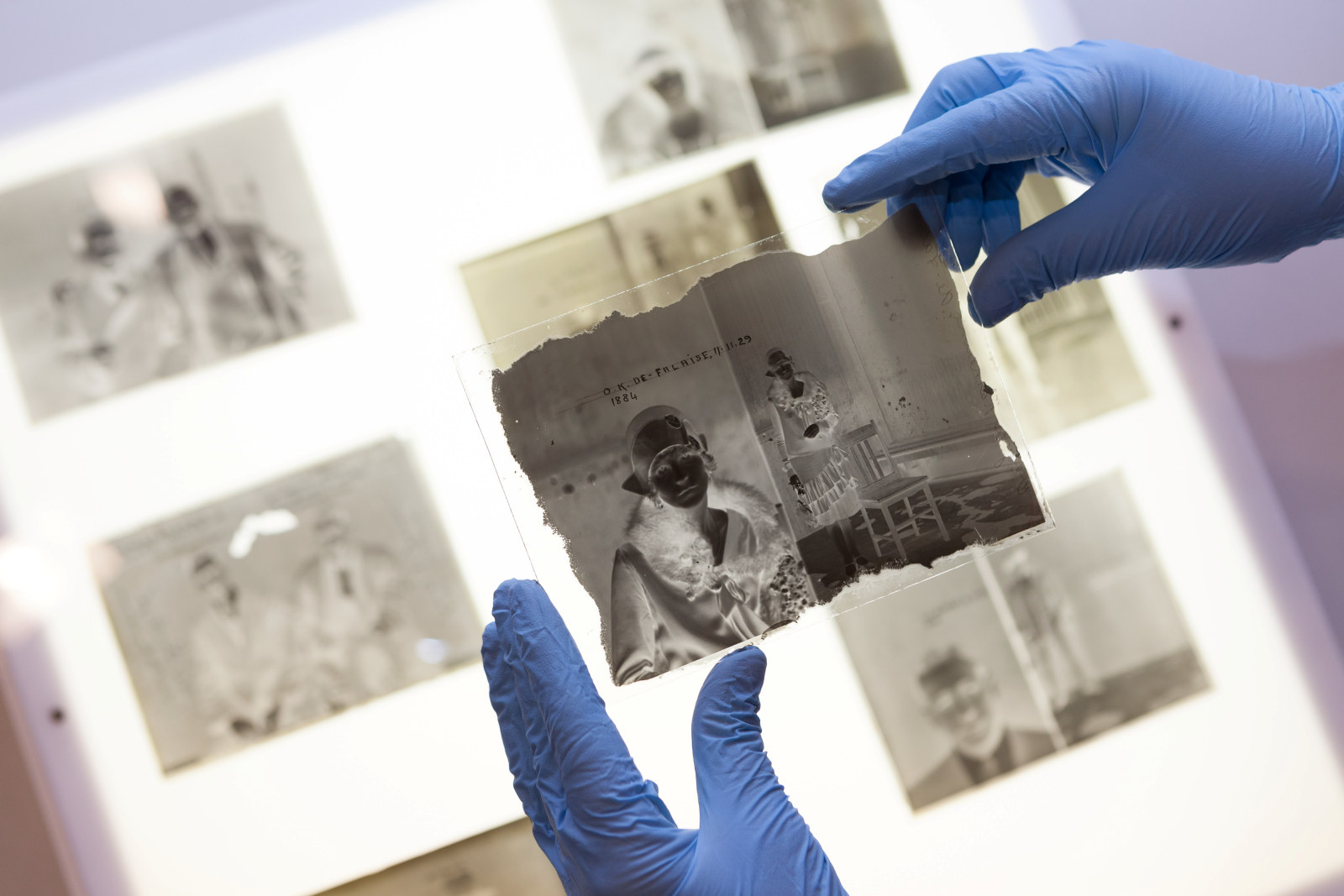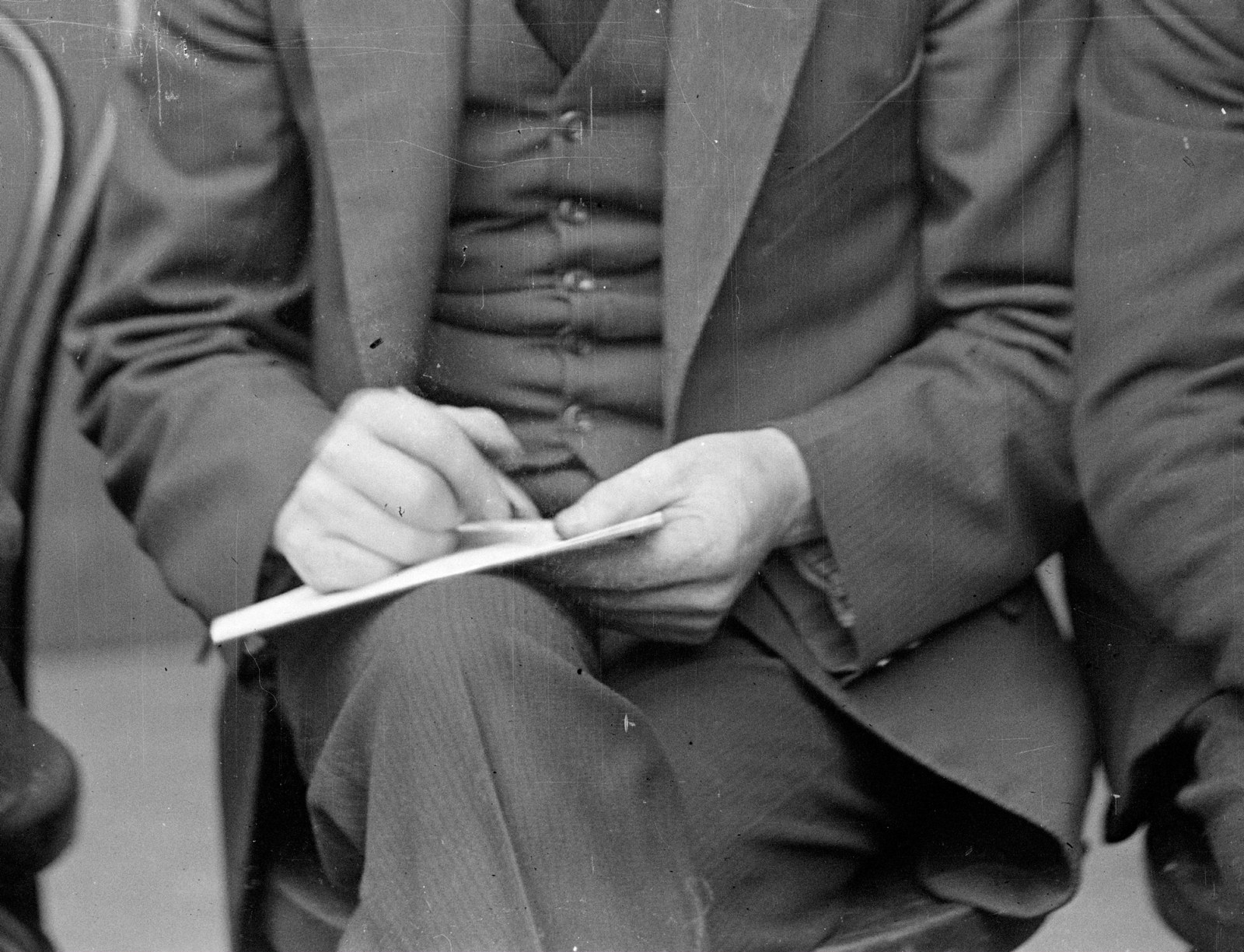Maritime Services Board
Over 4000 digitised glass plate negatives from the Maritime Services Board (MSB) are available to browse and download in the State Archives Collection. The images date from 1870 to 1960 and show Sydney Harbour as a working harbour and a centre of work and industry as well as a place of natural beauty.
The glass negatives record the construction of wharves and adjoining facilities in Sydney Harbour; ferry wharves and passenger amenities; views of Port Jackson; various types of ships and vessels; diagrams of technical systems; shipping movements; navigational aids such as buoys and beacons; rail work, tenements; roadways, housing and buildings in the harbour area including warehouses and boatsheds; road construction; reclamation works; equipment; damaged vessels (including on slipways); harbour-side pools; and demolition sites (including wharves to combat rats and the plague).
A selection from the Collection
Circular Quay
Circular Quay was built between 1837 and 1855. It was originally known as Semi-circular Quay because of the shape of the stoneworks built with convict labour to stabilise the new shoreline reclaimed from mudflats. The quay was constructed in phases from the 1830s until the 1860s to allow for commercial shipping to berth alongside wharves and warehouses that once dominated all three sides.
From the late 1890s and after the formation of the Sydney Harbour Trust in 1901, ferry commuter wharves came to dominate. From this time Circular Quay grew as a commuting hub, with both ferries and trams terminating at the site.
The former Maritime Services Board (MSB) building is located on the western side of Circular Quay, in an area identified as the site of the First Fleet landing. It was also the site of several early colonial-era buildings, as well as the first government dockyard. Designed by William Henry Wither in 1939, the MSB Building was not completed until 1952. The project was impacted by wartime labour and materials shortages.
The MSB operated from this site until that late 1980s, when they relocated to the city centre. The former MSB building currently houses the Museum of Contemporary Art.
Walsh Bay
Walsh Bay was first named in 1918 on drawings of a major new ‘wharfage scheme’ to modernise all Sydney’s docks to handle steamships and motor vehicles.
A key element in the project was the creation of a new road that followed the shoreline linking Circular Quay to Walsh Bay and Darling Harbour, which would be the new freight thoroughfare around this headland and named in honour of Robert Rowan Purdon Hickson, appointed first president of the Sydney Harbour Trust in 1901. Hickson Road is one of the youngest streets in The Rocks area.
With rejuvenation and development, the area is now a residential, entertainment and arts precinct.
Manly
The first Manly ferry wharf was constructed in 1856 on the same site as the present wharf.
On 7 August 1939, a fire broke out in a milk bar on the main wharf and spread throughout the wooden structure, causing £10,000 worth of damage. The wharf had to be rebuilt. In 1940 the Maritime Services Board engaged modernist architect Arthur Baldwinson, recently returned from working in England, to design major reconstructions of the ferry wharves at Manly and Circular Quay. The clean lines of these cream-painted, timber-clad structure were both 'modern' and 'maritime’. The basic form remains today.
In 1886 the Government built the cargo wharf, adjacent to the passenger wharf. A cargo service was run to Manly until the 1928 opening of the Spit Bridge.
In 1929 the Port Jackson and Manly Steam Ship Company, leased the cargo wharf from the Sydney Harbour Trust for an amusement pier. In 1931 the fun pier was extended and over the next few years included Pierrot shows, dances, vaudeville shows, dodgem cars, amusement machines, a Ferris wheel, mini-golf, a merry-go-round, and scooter-boats.
The Manly Fun Pier closed in 1989 when Manly Wharf was again renovated.
When the renovated Manly Wharf was reopened, a carousel and a ferris wheel were erected but their presence was short-lived, mainly due to complaints from residents. Manly ferry wharf was added to the NSW State Heritage Register on 18 April 2000.
The Manly Harbour Pool was constructed in 1931 by the Port Jackson Steamship Company. At its peak, over 250,000 visitors came to the pool every year. A severe storm in 1974 destroyed the boardwalk and the pool closed.
Published on
Related

Glass-plate photography
The collection of glass-plate negatives held in the State Archives and Justice & Police Museum are endlessly fascinating and revealing

Unexpected views
Over the decades, photographers have captured unexpected glimpses of the Mint’s history

NSW Correspondence School
These photos show the NSW State Correspondence School, Blackfriars. It began in early 1916 for children living in remote and country areas

Underworld
Behind the scenes: How to read a ‘special’
Around the world, police forces followed established conventions when taking mugshots. But Sydney police in the 1920s did things differently